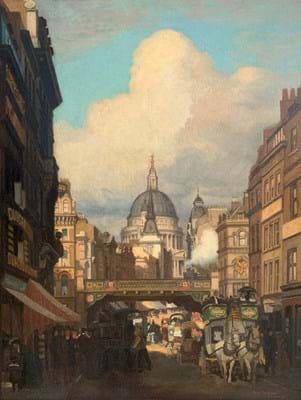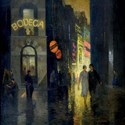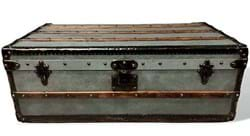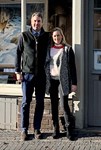Staged jointly by Harry Moore-Gwyn and Sarah Colegrave, London Old and New runs until December 6 in St James’s, London, and features 50 pictures produced from the early- 19th to the late-20th century.
It includes works by artists such as Walter Sickert, Feliks Topolski and Carel Weight, all closely associated with London.
Running in more or less chronological order, the catalogue starts with A View of New London Bridge in June 1827 by Henry Barlow Carter (1795-1867) and ends with Walkers on Blackheath, misty morning by Barbara Hamlyn (1921-75).
These images show the changing city from various vantage points, but it is the lesser-known corners and buildings that fascinated Vicat Cole, and, later, his son.
Rex was the third generation of the Vicat Cole painting dynasty (which ran from the days of Turner to Hockney). In most of his works he concentrated on landscapes, like his father and grandfather.
However, in the 1930s he executed a series of London scenes on panel for a show at Dunthorne Gallery in 1935. These render shadowy and ‘forgotten’ corners of the capital, backstreets and scenes of nightlife. At the time they reflected the capital as it emerged from the Depression.
For viewers today, it is also a glimpse of a city before the Blitz and post-war redevelopment.
Same old
In Lights o’ London…, a 3ft 3in x 2ft 4in (1.01m x 72cm) work, he presents a view down Glasshouse Street that is relatively unchanged. Although some of the buildings have different names, the architecture is essentially the same down to the edge of Piccadilly Circus, visible at the end of the street.
“Whereas most of the panel paintings are fairly small, this is one of the biggest and is the most populated,” says Moore-Gwyn. “It’s celebratory and is written up as his masterpiece in a way.”
The works by Rex’s son John (who dropped Vicat from his surname) mainly focused on ‘portraits’ of London shop fronts, drawing out their history as well as their function.
Most of this group came from a corporate collection that Moore-Gwyn came across during his and Colegrave’s four-year lead-up to the show.
Some of the other works also show London’s less glamorous side. Colegrave, for example, offers The Red Van – The junction of Tyneham Road and Morrison Street, Battersea by Jim Russell (1933-2002).
He is known for his street scenes, working in the unsentimental tradition associated with Sickert’s Camden Town Group.
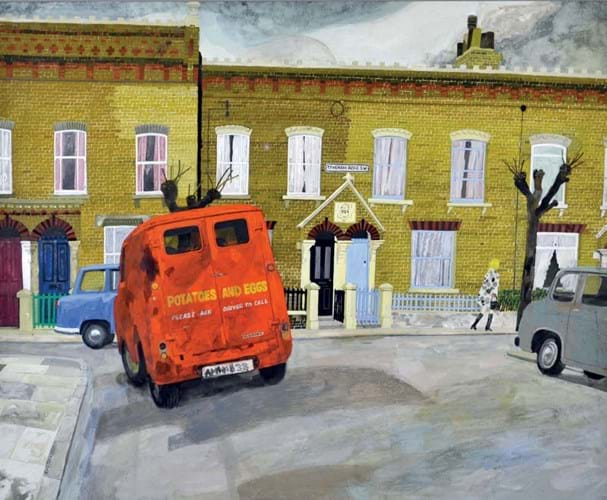
Jim Russell, 'The red van – The junction of Tyneham Road and Morrison Street, Battersea', £1750 at the joint exhibition being staged by Harry Moore-Gwyn and Sarah Colegrave.
There is also a watercolour of a roadblock at night by George Clausen (1852-1944) and one of excavation work on Park Lane by Charles Cundall (1890-1971).
Others glorify the city’s monuments, such as an oil on canvas of St Paul’s Cathedral illuminated over a bustling Fleet Street.This work by long-time London resident George Thomson (1860-1939) was completed in 1900, three years after a similar view that entered the Tate’s collection in 1920.



